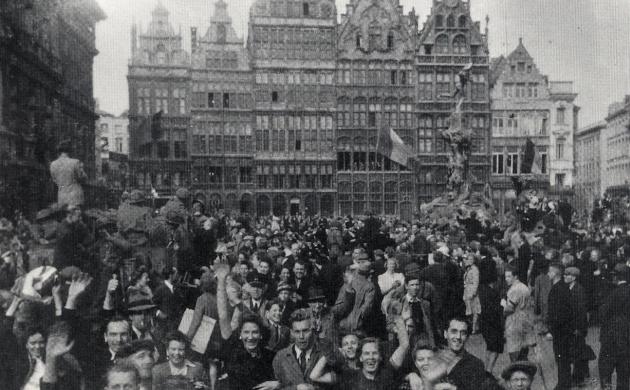On 10 May 1940, Nazi Germany invades Belgium. A few days later, the Nazi flag hangs from Antwerp cathedral. The dictatorship divides the city's inhabitants and leads to the mass persecution of Jews and dissidents. With the port as a strategic military target, there is a permanent military threat. Bombing claims many victims. The city breaks under war and persecution.
How could this happen? What does it mean to live in an occupied city? What happens when basic values such as freedom and equality fall away? Who becomes the main victim of this and who doesn't? What role do local authorities and police play? What choices do city residents themselves make: flee or stay, cooperate with the occupier, wait and obey or resist? And what would you do?
The exhibition brings to life the society of the time with symbolic places such as a cinema, a school, a house, the cathedral and the city hall. There, personal stories and objects of Antwerp citizens make the drama of war tangible. Stories of discord, powerlessness, betrayal, violence, but also of courage, resistance and help. Stories which are never to be forgotten.
Traces until today
World War II ended on 2 September 1945, but the conflict still leaves traces today, like with the children and grandchildren of people who lived in Antwerp at the time. In 2020-2021, the MAS organised a call to share personal heritage and stories about Antwerp during the Second World War. More than 300 people came to tell about their relatives, neighbours or acquaintances. Some donated objects or gave them on loan. Some of these testimonies are the basis for the personal stories in the exhibition.
Practical
- 'City at war. Antwerp 1940 - 1945' is displayed on the 4th floor of the MAS.
The exhibition came about as part of the long-term city project 'Antwerpen Herdenkt'.




